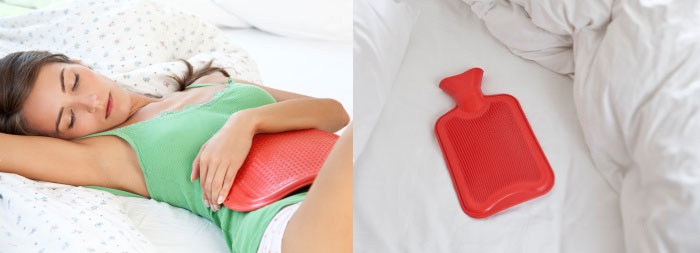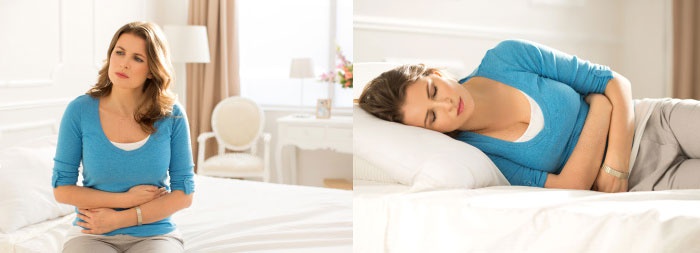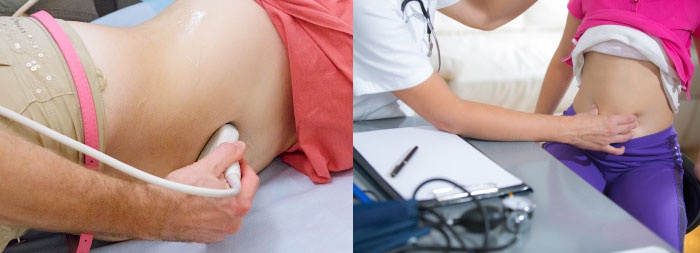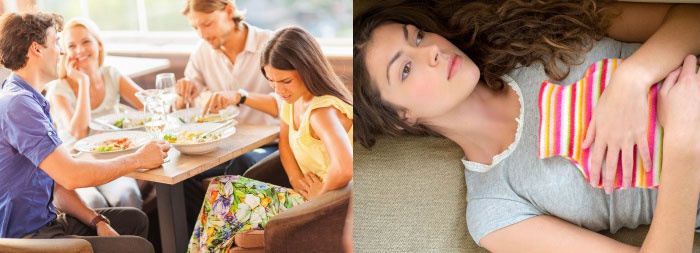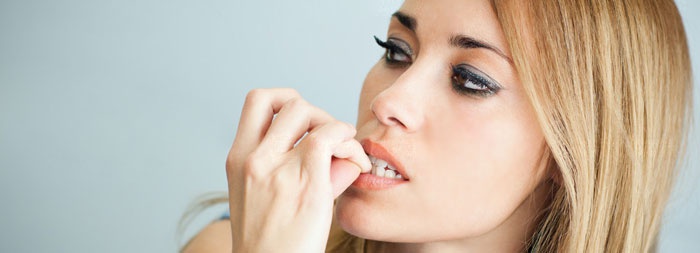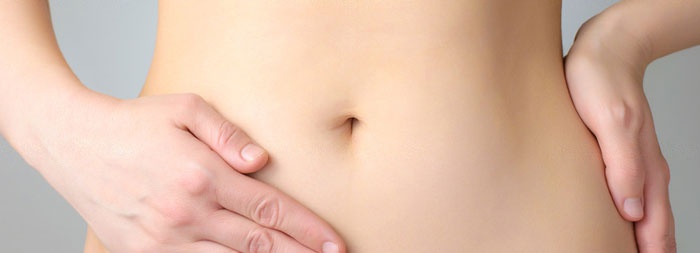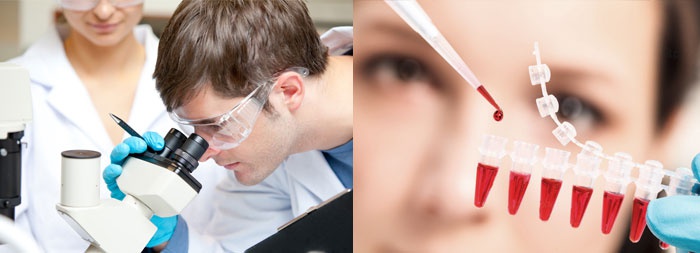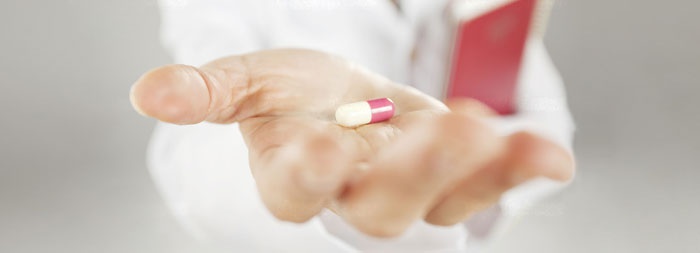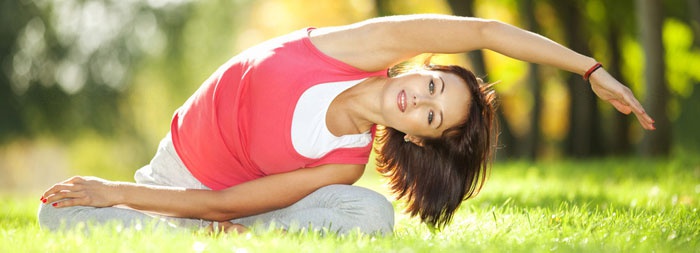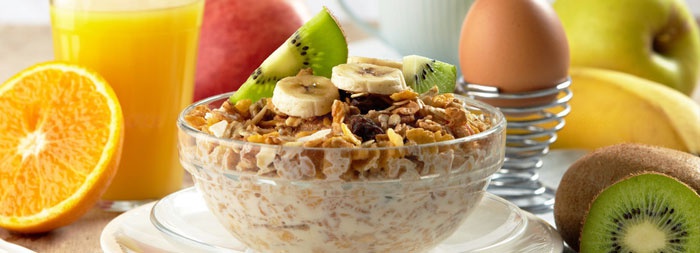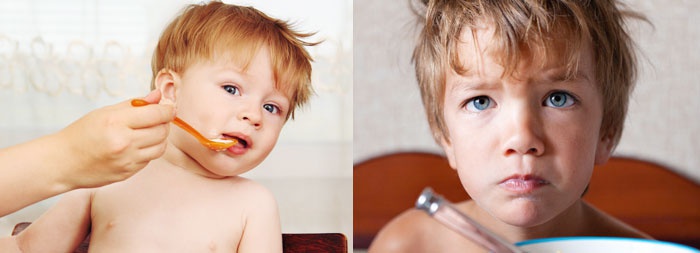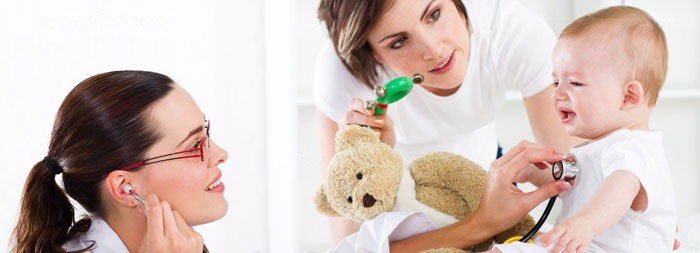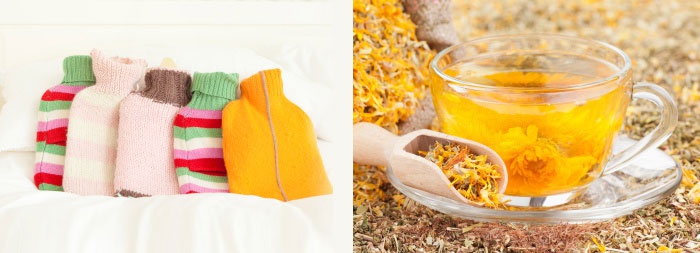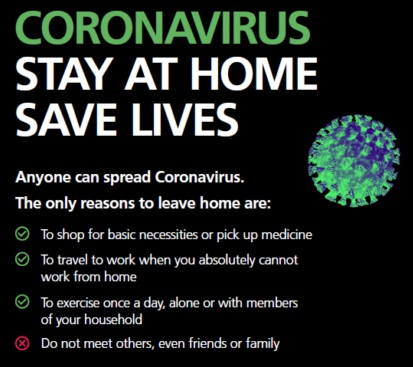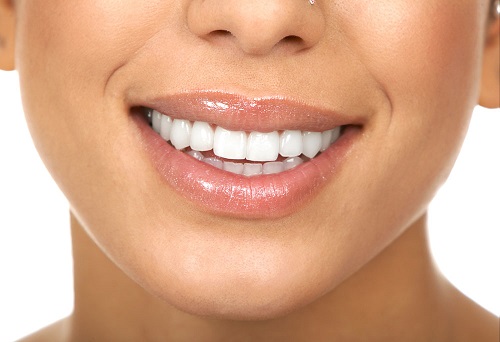Content
- Intestinal dyskinesia – what is it?
- Symptoms of intestinal dyskinesia in adults
- Types of disease
- Causes of intestinal dyskinesia
- Diagnostics
- Methods for treating intestinal dyskinesia
- Features of the disease in children
Often a person is lost in the unknown: what happened to his intestines? An insidious affliction girdles the entire stomach. The patient is perplexed about what worries him, why constant constipation suddenly gave way to frequent diarrhea, and unbearable pain sometimes bothers for hours … Intestinal dyskinesia is a common disease among both adults and children. How to recognize a disease, relieve pain and normalize bowel function?
Intestinal dyskinesia – what is it?
Dyskinesia or spastic colitis is a common ailment, especially among the female population. The disease manifests itself as a whole complex of digestive disorders, small and large intestines. Irritable bowel syndrome is another name for dyskinesia. Against the background of pain, the functionality of the mucous membrane of the large intestine is disrupted. Consider the types of spastic colitis, the main symptoms, the causes of the manifestation of the disease and acceptable methods of therapy.
Symptoms of intestinal dyskinesia in adults
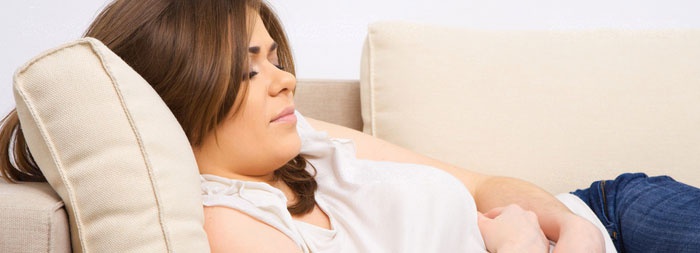
The symptomatology of colon dyskinesia has significant differences in patients, so it is often difficult for a doctor to establish a diagnosis of the disease. Characteristic symptoms of spastic colitis:
- Pain in the abdomen is the main sign of the disease. Often the patient is not able to explain where it hurts, since the localization of pain is extensive.
- The diverse nature of pain. This is a boring or aching, dull or paroxysmal, cutting pain that lasts from a few minutes to several hours.
- Another sign of ailment – the pain stops at night, but with the awakening of a person returns.
- Sensation of pain in the intestines after meals, on the background of psychoemotional disorders.
- Spastic colitis is manifested by frequent bowel movements in the form of diarrhea..
- Frequent constipation, followed by loose stools with or without mucus. Many note relief after bowel movement and the passage of gases that swallow the stomach, causing bloating.
- Constant rumbling in the abdomen also makes it difficult to feel comfortable. There are cases that rumbling in the abdomen is the only symptom that manifests itself in dyskinesia, making it difficult to diagnose an insidious, latent disease.
- Patient complaints of dull pain in the heart or back, sleep disturbance, nervousness, depression.
Types of disease
Colon dyskinesia is of two types:
- as an independent ailment in violation of intestinal motility, called “primary spastic colitis”,
- a disease that occurs as a result of disturbances in the functioning of other organs of the digestive tract (liver diseases and poor outflow of bile, pancreatitis, gastritis, cholecystitis) and hormonal changes in the endocrine system (the so-called “secondary colitis”).
Judging by the clinical picture of the disease, distinguish dyskinesia with painful diarrhea, constipation and mucous colic (hypermotor colitis).
Spastic (hypermotor) dyskinesia
Hypermotor or spastic intestinal dyskinesia is manifested by an increase in its tone, the presence of spastic contractions. The patient is exhausted with constant loose stools, which is accompanied by pain and colic. Abdominal pains are paroxysmal. Bloating due to accumulation of gas (flatulence) is observed. Often the patient notices burping, feels heaviness, overflow of intestines and abdomen.
Atonic (hypomotor) dyskinesia
Atonic or hypomotor dyskinesia is characterized by a sharp weakening of peristalsis and colon tone and, as a result, bowel constipation occurs. This problem is often exacerbated by bursting pains in the lower abdomen from the accumulation of fecal dense masses. Against the background of constant constipation, the general condition of the body worsens, the patient is tormented by nausea, belching, weakness, constant mood swings overcome. Chronic intestinal constipation leads to the formation of hemorrhoids, cracks, rectal polyps.
Causes of intestinal dyskinesia
There is an opinion that primary spastic colitis occurs against the background of factors of a psychogenic nature: stress, stress, prolonged depressive states, negative emotions. The nature of the food used in the diet also makes its mark on the state of the colon: a limited amount of fiber provokes the development of the disease. Primary dyskinesia is also justified by the penetration of intestinal pathogens.
Secondary colitis is manifested due to transferred and chronic ailments of the abdominal organs (liver, pancreas, spleen, as well as the formation of ulcers in the stomach). Hormonal disorders (pituitary gland), diabetes mellitus are also considered precursors of the disease in question – colon dyskinesia. Excessive use of antibiotics, anticonvulsants, muscle relaxants, psychotropic drugs – a sure way to the occurrence of secondary spasmodic colitis of the intestine.
Diagnostics
Diagnosis of dyskinesia is based on the use of an exclusive method of exclusion. Phased examination includes:
- the exclusion of dangerous pathologies of the large intestine (tumors, polyps, diverticulum),
- coprological examination,
- analysis of feces for the presence of spotting,
- irrigoscopy,
- endoscopy,
- intestinal biopsy as needed.
Methods for treating intestinal dyskinesia
The treatment of colitis is carried out both with the medication method and with the help of folk remedies. Doctors often recommend a comprehensive approach to the problem of dyskinesia, combining medications, herbal remedies, herbal medicine, and psychotherapy methods. It is important to always monitor your diet – nutrition should be balanced, rich in vitamins, fiber. A sufficient amount of fresh vegetables, fruits, juices reduces the risk of recurrence of spastic colitis. To avoid the development of the disease, one should not allow prolonged constipation, that is, monitor emptying, avoid stress.
Drug treatment
A method for treating intestinal colitis depends on the type of dyskinesia:
- With hypermotor colitis of the intestine, the use of laxative drugs is excluded, and spasmolytic tablets (no-spa, papaverine) are prescribed.
- For the second type of colon disease, enzyme preparations, choleretic drugs, a combination of vitamin B1 and potassium chloride, metoclopramide are used.
- To avoid constipation, patients are recommended to take laxative extracts of plants: buckthorn bark, senna, rhubarb, alternating them and consuming inside no more than twice a week.
To relax the nervous system, antidepressants and antipsychotics are prescribed. Overuse of these drugs is unacceptable. Psychotherapeutic methods are considered additional methods of treating dyskinesia (spastic intestinal colitis): autogenic training, meditation, hypnosis, yoga, and a physical therapy complex of special exercises (exercise therapy). According to experts, the best therapeutic effect gives the combined effect of existing methods of treatment of dyskinesia.
Special diet
With dyskinesia of the large intestine, a dietary daily diet is recommended. The concept of “diet” also includes a method of cooking, quality, types of products, diet. What are the eating habits of patients with spastic colitis??
- Products must be of high quality, without preservatives, dyes or various flavors..
- Porridge (oat, buckwheat, from millet, wheat) is useful, but the use of rice should be limited.
- The daily diet needs to be diversified with a sufficient amount of fresh fruits, vegetables rich in fiber to restore bowel function.
- It is good for chronic constipation of the intestines to drink juices on an empty stomach (apple, carrot, beet, cabbage).
- Drink a large amount of fluid per day (from 1.5 l).
- Steam or cook. Exclude fried, fatty, spicy dishes from the diet.
- Do not eat fat sour cream, fatty varieties of fish and meat.
- Sour-milk products should be on the menu daily.
- Exclude flour products, sweets, white bread, white cabbage, garlic, radishes, turnips, mushrooms from the diet.
- To undersalve food.
- It is useful to drink a decoction of rose hips, but without sugar.
- Doctors, as a rule, give recommendations to eat fractionally, in small portions, at least 5-6 times a day. Do not overeat.
Adhering to these simple recommendations, it will be possible to achieve significant success: intestinal motility will improve, preventing the appearance of constipation. As a result, spastic colitis does not progress, but rather the opposite: intestinal dyskinesia recedes.
Folk remedies
Considering effective methods of alternative treatment, acupuncture and herbal medicine can be distinguished. Traditional medicine is used for a long time to achieve the desired effect and complete cure of the disease. Folk recipes will help women during pregnancy and lactation.
- Infusion for the treatment of colon dyskinesia
Composition: a mixture of oak bark, sage, motherwort, St. John’s wort, yarrow – 2 tbsp. l.
Indications: intestinal diseases, in particular spastic colitis or dyskinesia.
Application: prepare a medical infusion by pouring a mixture of 1 cup boiling water. Insist 2 hours. Filter and take 100 ml four times a day before meals.
- Healing collection to restore normal rectal motility
Ingredients: valerian root (1 tsp), mint leaves, chamomile flowers.
Indications: an infusion of the above ingredients is used for stool disorders, for the treatment of spastic (atonic) colitis.
Application: Take 1 tsp. each plant, pour a glass of boiling water. You need to insist for at least 20 minutes. Strain and drink three times a day in half a glass 30 minutes before eating.
Mineral waters will also help:
- With intestinal diarrhea, regular use of low-mineralized water will help (Essentuki 14, Jermuk). Drink warm before eating a glass of liquid. Permissible daily rate – twice a day: morning and evening.
- With constipation, mineral water of high mineralization is taken (Batalinskaya or Essentuki No. 17). Dietitians recommend taking three times a day, 200 g half an hour before a meal.
The inclusion of vegetables, fruits, fiber-rich, bread with bran cereals will help prevent a recurrence of constipation. At a time when abdominal pain worsens, they switch to a “sparing” diet. Its duration is 3-5 days. These days, it is recommended to use a boiled egg, non-fat chicken broth, rosehip broth, and kissel. The compress on the abdomen is very effective:
- Ingredients: vinegar – 1/2 cup, water – 3 l.
- Indications: a compress is used to relieve spastic colic, pain with dyskinesia.
- Application: in a vinegar compress moisten gauze and apply on the stomach. Leave for an hour.
Also, with spastic colitis, coniferous baths and paraffin baths are effective. The use of many of the above recipes in the complex will allow you to enjoy life, and not experience constant inconvenience and pain associated with the disease. Man will perk up, and the affliction will recede.
Features of the disease in children
Atonic or spastic colitis is often found in early childhood. As in adults, in babies the disease proceeds almost identically: constipation is replaced by diarrhea. With a spastic type of dyskinesia, the child suffers from abdominal pain that does not go away even from a large dose of antispasmodic drugs. In infants, it is easy to diagnose problems with the intestines if the stomach is swollen, and your touch causes the baby to cry. In addition, in the presence of the following symptoms, the development of intestinal colitis is stated:
- the child refuses to eat (lack of appetite),
- pallor of the skin,
- physical activity reduced.
Secondary manifestations of the inflammatory process in the large and small intestines in children:
- a sharp decrease in body weight,
- muscle dystrophy,
- intestinal dysbiosis,
- anemia.
During the treatment of dyskinesia, it is important to regulate the mode of physical activity, nutrition and rest of the child.
Often, intestinal digestion dysfunction begins in connection with a decrease in the number of enzymes produced. Secondary spastic colitis develops as a complication of pancreatitis in a chronic form. The same condition of the patient is observed with improper functioning of the bile ducts of the liver. As a result of the untimely supply of bile by the gall bladder, fermentation occurs in the intestine and an insidious, debilitating disease develops. A typical symptom in this case will be fat stool with a small admixture of mucus.
How to help a child with a digestive disorder called colon dyskinesia?
- To relieve pain, apply a warm heating pad to the tummy, the effect will be in a few minutes.
- If the child is constantly suffering from intestinal constipation, give him a laxative at the dosage indicated in the instructions.
- In the case of frequent desires for an act of defecation, a decoction of chamomile and calendula, a hard-boiled egg or a thick jelly will help. take these measures before the arrival of the pediatrician.







